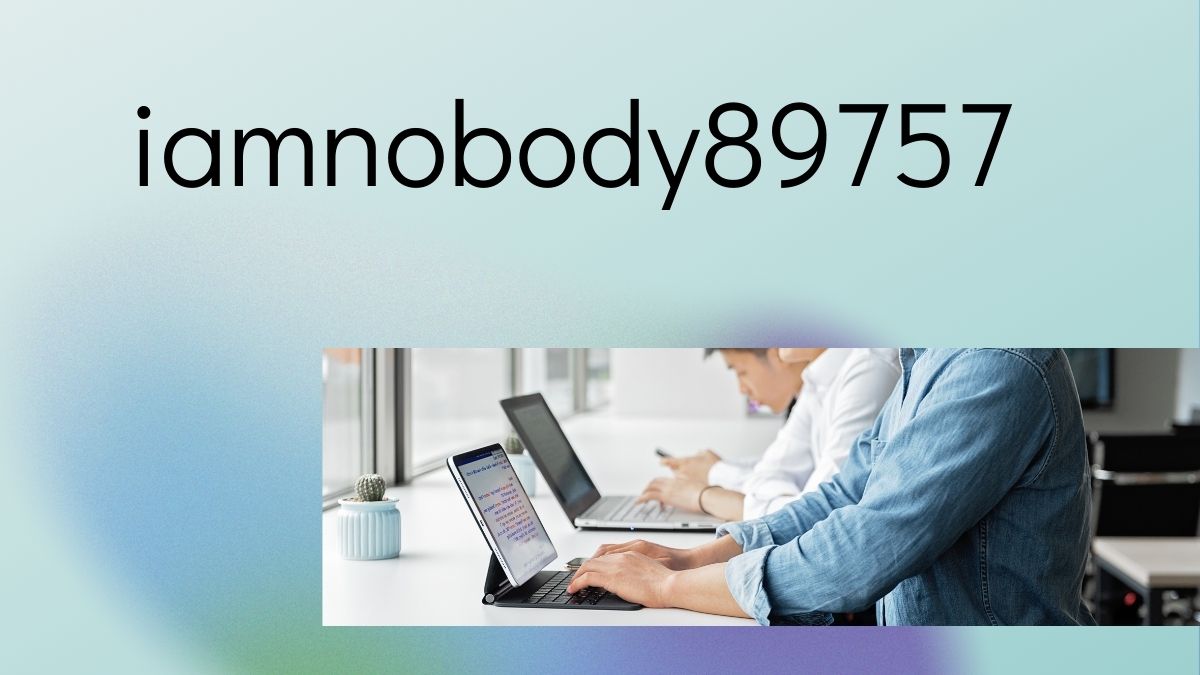In the ever-evolving landscape of communication and global interaction, translation plays a pivotal role in bridging linguistic divides and fostering understanding among diverse cultures and peoples. As we delve into the intricacies of translation, the Finnish term käöntöjä emerges as a symbol of the profound importance and complexity inherent in the act of translation.
Understanding Translation Beyond Words
Translation goes beyond mere substitution of words from one language to another; it encapsulates the art of conveying the essence and subtleties of meaning across linguistic and cultural boundaries. In the modern world, where communication transcends geographical constraints, the demand for accurate and nuanced translations has never been greater.
The Role of Translators Guardians of Cultural Heritage
Käöntöjä are the unsung heroes in the realm of global communication, meticulously crafting translations that preserve the cultural nuances and context of the source language. Their role extends beyond mere linguistic conversion; they serve as cultural ambassadors, ensuring that the essence of each word is faithfully transposed into the target language.
Technology Impact on Translation Tools of the Future
In recent years, advancements in technology have revolutionized the field of translation, offering a myriad of tools and resources to aid translators in their work. Machine translation, though still in its evolutionary stages, has significantly expedited the translation process, allowing for greater efficiency and accessibility.
The Business of Translation Navigating the Global Marketplace
In an increasingly interconnected world, businesses rely on translation services to expand their reach and tap into new markets. Accurate and culturally-sensitive translations are paramount for businesses seeking to resonate with international audiences and establish a global presence.
The Journey of Translation From Source to Context

Every translation is a journey, navigating through the intricate web of language, culture, and context. Translators must decipher not only the words themselves but also the cultural connotations and subtleties that imbue them with meaning, ensuring that the message resonates authentically with the target audience.
The Importance of Accuracy Seeking Perfection in Translation
Accuracy is the cornerstone of effective translation, as even the slightest deviation from the original meaning can have profound implications. Translators must meticulously research and understand the intricacies of both the source and target languages to ensure that translations are faithful to the original intent.
The Evolution of Translation Adapting to Changing Times
Translation, like language itself, is constantly evolving to meet the demands of an ever-changing world. As new technologies emerge and global communication evolves, translators must adapt their skills and techniques to remain relevant in an increasingly digital landscape.
The Impact of Translation Bridging Divides, Building Connections
At its core, translation is about building connections and fostering understanding among diverse cultures and peoples. In a world fraught with linguistic and cultural barriers, translation serves as a beacon of hope, illuminating the path towards greater unity and cooperation.
Conclusion Celebrating the Art of Translation
In conclusion, the term käöntöjä encapsulates the essence of translation – a journey of words, culture, and understanding that transcends borders and unites humanity. As we navigate the complexities of translation in the modern world, let us recognize the invaluable role of translators and embrace the transformative power of language in shaping our shared future.
FAQs
1. What does Käöntöjä mean?
Käöntöjä is a Finnish term that translates to translation in English. It represents the act of converting text or speech from one language to another while preserving its meaning and context.
2. Why is translation important?
Translation facilitates communication and understanding across linguistic and cultural barriers. It enables people from different backgrounds to connect, share ideas, and collaborate on a global scale.
3. What role do translators play in the translation process?
Translators are skilled professionals who specialize in converting text or speech from one language to another. They ensure that the translated content accurately conveys the meaning, tone, and cultural nuances of the original language.
4. How has technology impacted the field of translation?
Technology has revolutionized translation by providing tools and resources to aid translators in their work. Machine translation, computer-assisted translation (CAT) tools, and language processing software have significantly improved efficiency and accuracy in translation.
5. What challenges do transl accuracy in their translations?
Translators employ various techniques, including research, consultation with subject matter experts, and reference materials, to ensure accuracy in their translations. They also pay close attention to context, cultural nuances, and the intended audience to produce high-quality translations.
7. What is the future of translation?
The future of translation is likely to be shaped by advancements in technology, including artificial intelligence and machine learning. While machines can assist in certain aspects of translation, human translators will continue to play a crucial role in preserving cultural nuances and ensuring accuracy in translations.
8. How can businesses benefit from translation services?
Businesses can benefit from translation services by expanding their reach to international markets, communicating effectively with diverse audiences, and enhancing their brand reputation. Accurate and culturally-sensitive translations can also help businesses build trust and credibility with their customers.
9. What is the impact of translation on global communication?
Translation fosters global communication by breaking down language barriers and facilitating cross-cultural exchange. It promotes understanding, cooperation, and collaboration among people from different linguistic and cultural backgrounds.
10. How can I find reliable translation services?
To find reliable translation services, consider factors such as the qualifications and experience of the translators, their expertise in specific subject areas or languages, and their reputation for delivering accurate and timely translations. Reading client reviews and testimonials can also provide insights into the quality of their services.



